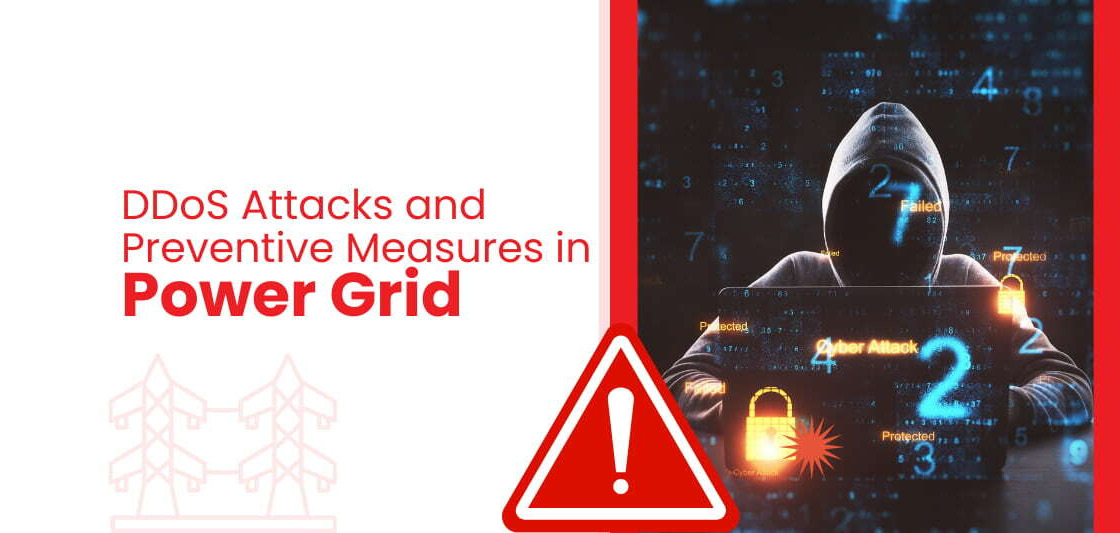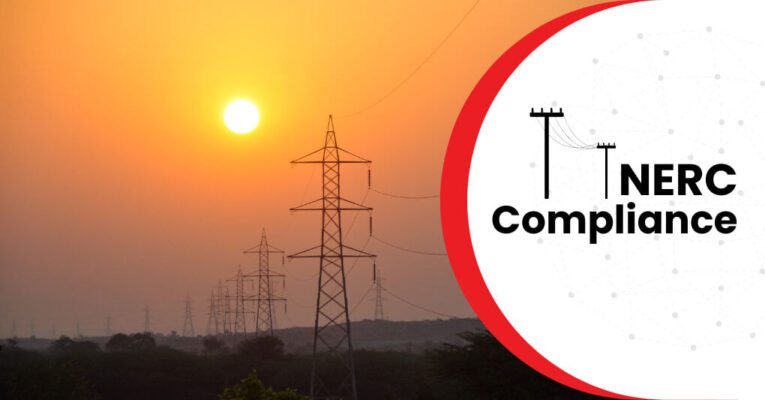Smart grids represent an invaluable asset in the advancement of power generation. However, this technological marvel also brings forth a myriad of cybersecurity challenges. After all, with greater capability comes greater vulnerabilities. Malicious actors can exploit these vulnerabilities to target robust systems, thereby posing significant risks to their integrity.
The Consequences of Compromised Grids
At the core of smart grid operations lies the imperative of secure and transparent communication across the network. Yet, the proliferation of Internet of Things (IoT) devices within these grids introduces new entry points for cyberattacks. The consequences of successful breaches in smart grids are far-reaching, encompassing operational disruptions, financial losses, equipment damage, and even material harm. Threats tailored for large-scale power infrastructure pose a clear and present danger, potentially leading to catastrophic production failures.
In this scenario, detecting and mitigating these threats before they manifest into severe consequences is paramount. As the guardians of critical infrastructure, it is imperative to remain vigilant and proactive in safeguarding smart grids against evolving cyber threats, including the infamous Distributed Denial-of-Service (DDoS).
Understanding Distributed Denial-of-Service (DDoS) Attacks
DDoS attacks pose a significant threat to smart grid systems, employing various strategies to compromise numerous devices within the network. These attacks, whether in the form of DoS or DDoS, severely restrict the flow of power or information at the physical layer, disrupting smart grid operations and compromising data processing capabilities.
DDoS attacks specifically target smart grid applications, flooding them with multiple packets from various compromised devices. The attacker, often referred to as the Botmaster, orchestrates these attacks to cause widespread destruction, exploiting vulnerabilities in home network security protocols. With bidirectional data communication being a key aspect of smart grids, attackers focus on disrupting this communication flow to execute DDoS attacks effectively.
The repercussions of successful DDoS attacks are substantial, with Cloudflare reporting an average cost of $100,000 per hour for such attacks. High-profile victims of DDoS attacks in 2018 include industry giants like Amazon, GitHub, Google, Pinterest, and PlayStation. These attacks overload servers with a massive volume of traffic, rendering them unable to handle legitimate requests and leading to a denial of service for authorized users or customers.
Unlike traditional denial-of-service attacks, DDoS attacks originate from multiple sources distributed across the globe, making them challenging to trace back to their principal source. Neustar reported a staggering 168% increase in DDoS attacks between 2018 and 2019, highlighting the growing threat landscape.
Best Practices to Mitigate DDoS Attacks
Responding to DDoS attacks requires a multi-faceted approach, involving intrusion detection, prevention, and autonomous response mechanisms. Rate-limiting filters are commonly used to prevent DDoS attacks, but sophisticated DDoS toolkits can evade detection by blending malicious traffic with legitimate traffic. That’s why traceback procedures are essential to locate and block the source of the attack, necessitating distributed response mechanisms due to the complexities of attack attribution and source tracing.
To safeguard against such threats, it’s essential to adopt proactive preventive measures and best practices. Here’s how:
1.Enhance Historical Awareness
Make it a practice to stay informed about past DDoS attacks on energy grids and analyze evolving attack patterns. For example, political tensions and warfare can amplify DDoS risks, as evidenced by incidents like the attack on a Lithuanian energy company.
2. Track the Patterns and Evolution of DDoS Attacks
Keep abreast of evolving DDoS attack methods, including zero-day attacks, and understand how these incidents have changed over time. Analyzing attack trends helps utility cybersecurity experts anticipate threats and fortify defenses accordingly.
3. Conduct Grid Cybersecurity Risk Analysis
Perform a comprehensive risk analysis of your power grid’s cybersecurity measures, encompassing physical infrastructure assessments and network connectivity evaluations. Collaborate with cybersecurity experts to identify weaknesses and implement robust security measures.
4. Fortify Current Cybersecurity Measures
Implement cybersecurity best practices recommended by trusted resources to fortify your grid’s defenses. While grid upgrades may take time and resources, progressive plans for cybersecurity enhancements are essential to mitigate risks effectively.
5. Invest in Grid Upgrades
Allocate resources for targeted grid upgrades that address exploitable vulnerabilities and enhance overall cybersecurity. Learn from successful infrastructure projects in other communities to inform grid improvement initiatives.
6. Leverage Advanced Detection and Mitigation Technologies
Explore advanced cybersecurity technologies such as artificial intelligence and specialized cybersecurity tools to detect and mitigate DDoS attacks. These technologies enhance threat detection capabilities and provide real-time protection against evolving cyber threats.
7. Provide Cybersecurity Training for Your Employees
Prioritize cybersecurity training for all energy sector employees, tailored to their roles and potential threat exposures. Foster a culture of cybersecurity awareness and responsibility across the organization, starting from onboarding and continuing with periodic training updates.
By implementing these preventive measures and best practices, energy grids can strengthen their cybersecurity posture and mitigate the risks posed by DDoS attacks. Collaboration, continuous learning, and proactive defense strategies are key to safeguarding critical infrastructure and ensuring uninterrupted energy services for communities worldwide.
Final Thoughts
In conclusion, cybersecurity must be treated as an ongoing priority rather than a one-time concern. Cyberattacks, particularly DDoS attacks, can have far-reaching consequences, disrupting essential services and creating vulnerabilities that attract further threats. The high stakes involved in securing energy grids demand continuous vigilance and adaptation to evolving cyber threats.
Successful cyberattacks serve as wake-up calls for organizations to bolster their defensive measures and fortify their resilience against potential repeat incidents. With energy grids serving as prime targets for malicious actors seeking widespread disruption, proactive measures such as regular cybersecurity reviews and third-party assessments are essential for identifying and addressing vulnerabilities. By remaining vigilant, proactive, and committed to strengthening cybersecurity protocols, energy companies can mitigate the risks posed by DDoS attacks and safeguard critical infrastructure for the benefit of society as a whole.
Elevate your cybersecurity efforts with GRIDsentry’s innovative suite of solutions, meticulously crafted to provide seamless and robust protection. From cutting-edge intrusion protection and detection to strategic defensive deception technology and AI/ML advancements, we offer simplicity without compromising effectiveness.
Connect with us today for a demo to unlock the power of comprehensive cybersecurity solutions tailored to your needs.
You can also reach out today for a demo.


